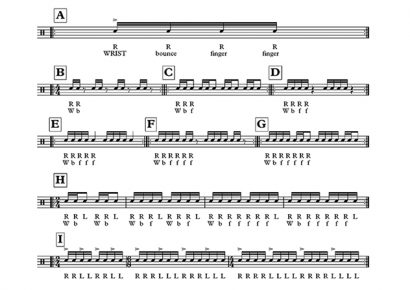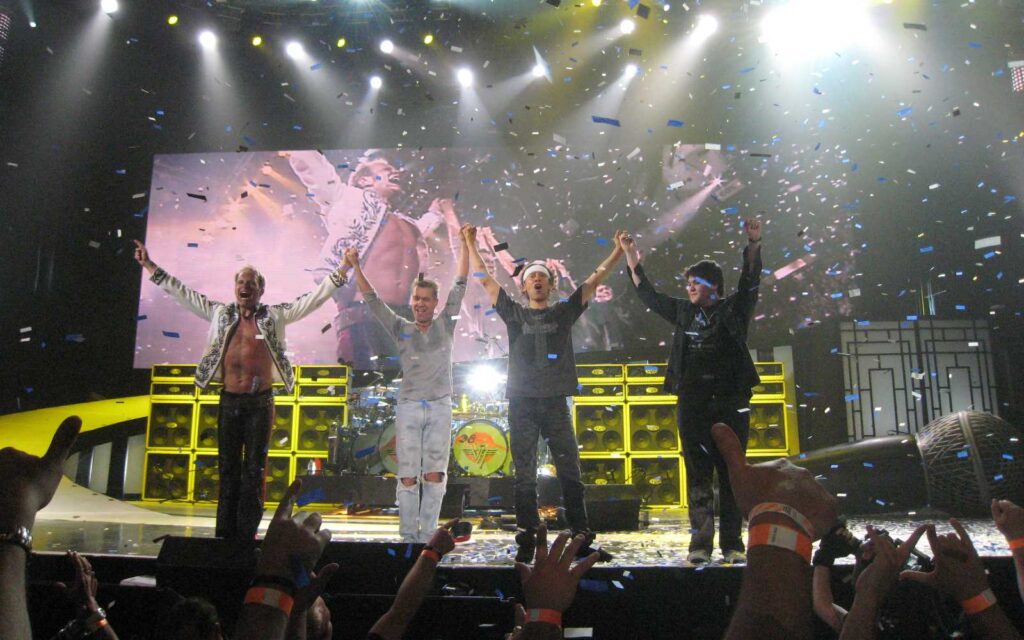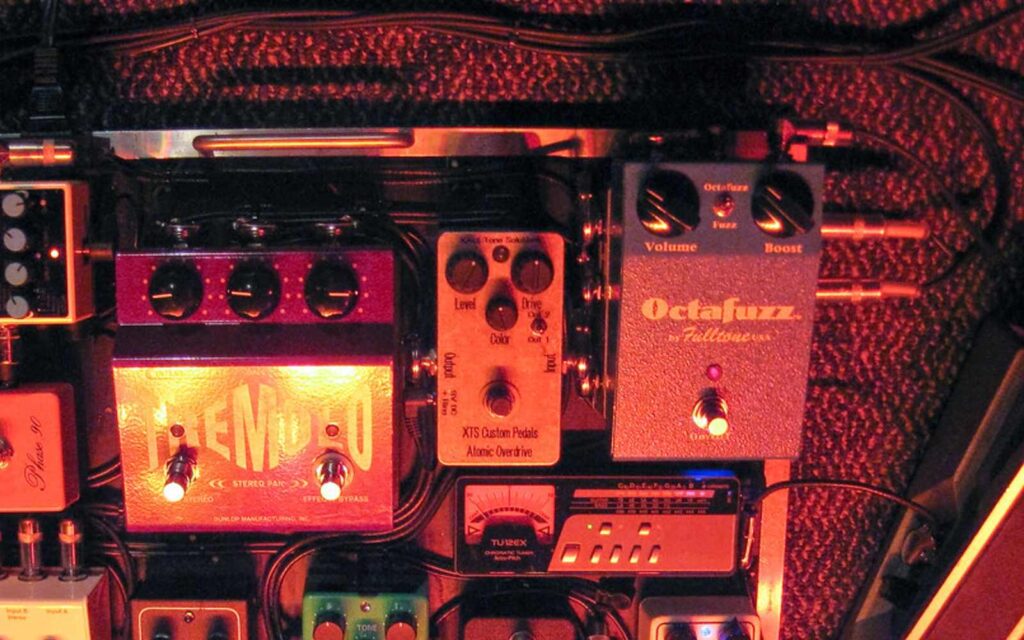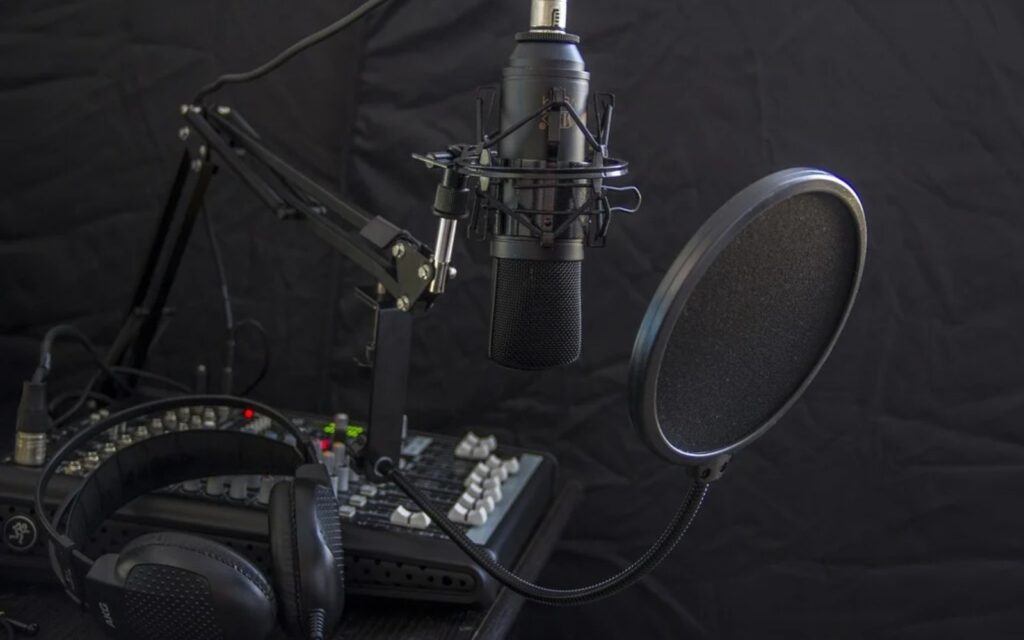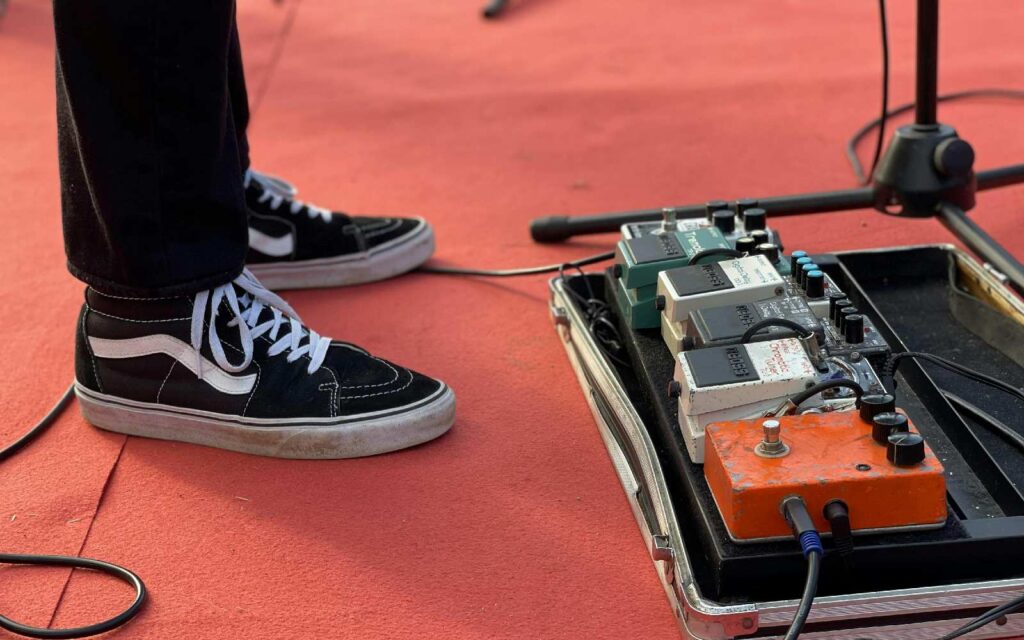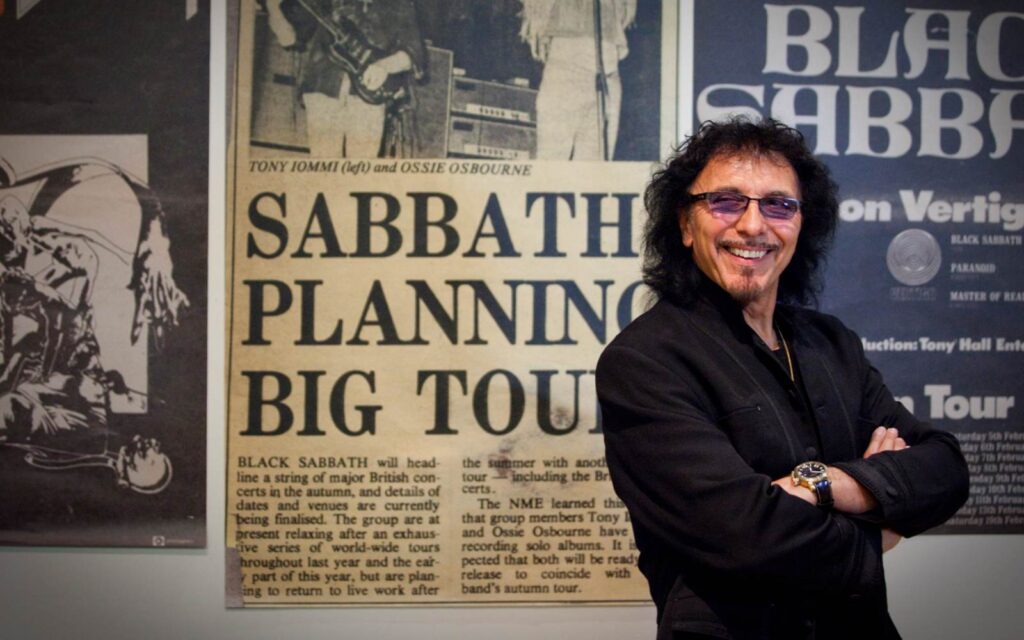The Heavens Sung
So, in this very cool hi-tech room, in this very cool music store, I was introduced to the Yamaha PSR-6. I know, it seems a little laughable now, thinking back on all the hi-tech synthesizers I have owned and used over the years. It’s funny to think that the initial spark, the beginning of it all came from the PSR-6 is quite funny. Here was a keyboard that offered a tremendous selection of 16 sounds, all of which sound like they were never fully completed. This is not just my memory telling me this, the PSR-6 still lives on today and I’m able to hear how those sounds compare to modern equivalents. My mobile phone has a better sound engine than this old beast did, but it had its place at the time. Actually, it was pretty darn special back in nineteen-eighty-something. The fact that it is still going strong today is a testament to Yamaha’s ability to build quality keyboards. Sure, it came with a one-year warranty, but I never had to use it, and thirty years on I still haven’t had an issue with it, aside from the dated sounds.
At the time, when I was first introduced to the PSR-6, it took me by complete surprise how a keyboard that sounded like a piano could, at just the press of a button suddenly sound like an entire orchestra had entered the room. The heavens sung when this thing was connected to the Atari – a serious engine that was far beyond my understanding at that point. But, the fact remained that this keyboard had made that sound possible, so I was determined to make the most of it. Sadly, that sound did not come home with the keyboard, just the 16 bad tones and a hilarious samba beat that would drive my parents crazy.
Bringing It Forward
So, now that we are a few years forward in time and the PSR-6 still hasn’t failed me, it is worth considering what Yamaha have done with the PSR range since then. As many of you would know, the team at Yamaha tends to upgrade their keyboard ranges every 18 to 24 months to ensure that the latest technology is present in the flagship model and that this technology is passed down through all the lower priced models as they progress. This means that the modern PSR range, even the most humble beginners model, far outweighs the capabilities of the flagship Yamaha from 20 years ago. In fact, the beginning model in the range now resembles something that might have cost thousands of dollars back then and is available for only a couple of hundred. This also means that the range has grown significantly, and now the PSR series is not just a learning tool or beginner’s keyboard but a very usable tool for performance keyboard players.
The current flagship model, the PSR-S970, takes its voices from the legendary Yamaha Tyros including Yamaha’s Super Articulation Voices that sound and behave just like the instrument they are emulating. Providing USB connectivity and a host of rhythm and recording options, it’s easy to see how the PSR range really covers it all from the ground up. Yamaha have even gone one step further with the PSR range, introducing an Oriental model some years back, which includes Arabic and Oriental sounds and styles that are practically impossible to recreate faithfully with an ordinary keyboard and a standard A440 scale. It’s nice to think that, from the humble beginnings of the PSR, the series has continued to grow and become a significant part of the Yamaha keyboard line-up.

